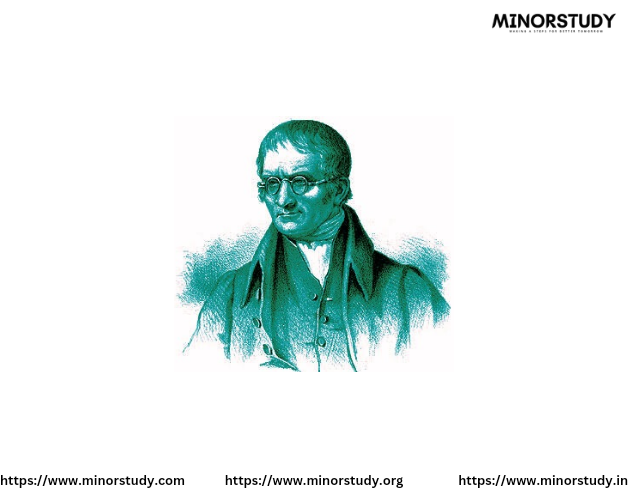Florence Rena Sabin
- Minorstudy Web blogs
- Dec 6, 2024
- 3 min read

Florence Rena Sabin (November 9, 1871 – October 3, 1953) was an American biologist and medical researcher who made significant contributions to the understanding of human anatomy, specifically the lymphatic system, vascular system, and the brain. She was one of the first women to gain prominence in medical research and was the first woman to be elected to the National Academy of Sciences.
Early Life and Education:
Born: November 9, 1871, in Cornell, New York.
Sabin was a brilliant student from an early age and pursued her education at Smith College, where she graduated in 1893. She later attended Johns Hopkins University School of Medicine, where she earned her medical degree in 1900.
Despite facing significant gender-based barriers in the medical field, Sabin persisted in pursuing a career in science and medicine, making her a trailblazer for women in these disciplines.
Key Contributions:
1. Lymphatic System and Vascular System:
One of Sabin's most important contributions was her research on the lymphatic system, particularly the development and structure of the lymph nodes and vessels.
She was the first to describe the origin of the lymphatic system in embryos, changing the understanding of how these vital parts of the immune system developed in humans.
Her work also explored the relationship between the vascular system and the lymphatic system, offering crucial insights into how these two systems work together in the body.
2. Research on the Brain:
Sabin conducted important work on the brain and the central nervous system, specifically focusing on the development of the meninges (the protective coverings of the brain and spinal cord).
Her studies provided significant insights into brain anatomy and the development of the nervous system, laying the groundwork for future studies in neurobiology.
3. Contributions to Medical Education:
In addition to her scientific contributions, Sabin also worked as a teacher and mentor, training the next generation of doctors and scientists.
She was one of the few women to be appointed to a faculty position at the Johns Hopkins University School of Medicine, where she became a respected professor and researcher.
Challenges and Recognition:
Despite her groundbreaking work, Sabin faced considerable obstacles because of her gender. Women were often excluded from prominent academic and scientific roles at the time, but Sabin’s perseverance helped her break through these barriers.
She was the first woman to be elected to the National Academy of Sciences in 1925, a remarkable achievement that recognized her scientific contributions at a time when women were rarely included in such prestigious institutions.
In 1938, she became the director of the Department of Research at the Rockefeller Institute for Medical Research in New York, where she continued her work in anatomy and physiology.
Legacy:
Florence Sabin’s research significantly advanced the understanding of human anatomy, particularly in the areas of lymphatic and vascular systems. Her work continues to influence medical research, especially in immunology and neurobiology.
Sabin’s pioneering career and accomplishments paved the way for future women in science and medicine, proving that women could excel in fields traditionally dominated by men.
She was recognized posthumously for her contributions, and her legacy remains important in the history of American science and medicine.
Quotes:
"It is a great thing to be a woman and to be a physician, and still a greater thing to be a woman and a scientist."
"It is not enough to be a good student, but you must always be prepared to be a teacher as well."
Significance:
Florence Rena Sabin was a pioneering figure in medical science, especially in the fields of anatomy and the lymphatic system. Her contributions to the understanding of human biology laid a foundation for future medical discoveries. As one of the few women who made substantial inroads into the scientific and medical fields in the early 20th century, Sabin’s work not only shaped modern medicine but also demonstrated the immense potential of women in science.











Comments